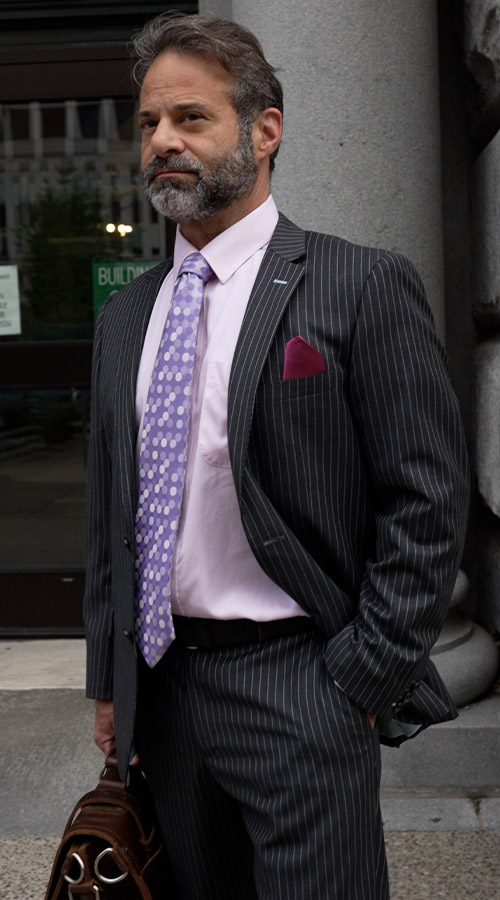The loss of a loved one is a profound and life-altering event. When that loss is caused by the negligence or intentional actions of another party, the grief is compounded by a sense of injustice. In such cases, the legal system provides a mechanism for surviving family members to seek redress through wrongful death claims. However, it is crucial to understand the constraints imposed by the statute of limitations, which determines the timeframe within which a lawsuit must be filed. In New York, this legal boundary is particularly stringent, and navigating it requires a deep understanding of the relevant laws and procedures.
What is the Statute of Limitations?
The statute of limitations for wrongful death cases in New York is codified in the Estates, Powers, and Trusts Law (EPTL) section 5-4.1. This statute specifies that a wrongful death action must be commenced within two years from the date of death. This two-year period is a critical window during which the deceased’s personal representative must file the lawsuit on behalf of the beneficiaries. The clock starts ticking on the date of death, not the date when the negligence or wrongful act was discovered. This distinction is crucial because it places a finite limit on the time available to gather evidence, identify liable parties, and prepare a compelling case.
The rationale behind the statute of limitations is to ensure that cases are brought to court while evidence is still fresh and witnesses’ memories are intact. It also provides a measure of legal certainty for potential defendants, protecting them from the indefinite threat of litigation. However, the strict two-year limit can be a double-edged sword for grieving families, who may not be immediately aware of their legal rights or may be too overwhelmed by their loss to promptly pursue legal action. It is essential for families to seek legal counsel as soon as possible to ensure they do not miss the deadline and forfeit their right to seek justice.
Exceptions to the Statute
There are certain exceptions and nuances within New York’s statute of limitations for wrongful death cases that may extend or toll the filing period under specific circumstances. For instance, if the wrongful death results from a criminal act, the statute of limitations may be tolled until the criminal proceedings have concluded. This means that the two-year period does not begin until the resolution of the criminal case, allowing the civil wrongful death claim to proceed after the criminal justice process has run its course. Similarly, if the defendant is out of state or intentionally evading service, the statute of limitations may be tolled until they can be properly served.
Another important consideration is the discovery rule, which can sometimes apply in wrongful death cases involving medical malpractice. Under this rule, if the cause of death was not immediately apparent and was only discovered later through reasonable diligence, the statute of limitations may be extended. However, New York courts have historically been stringent in applying this rule, emphasizing the importance of timely action. Therefore, it is critical for families to consult with legal professionals who can thoroughly investigate the circumstances of the death and determine the appropriate timeline for filing a claim.
Steps to Pursuing a Wrongful Death Claim
The process of pursuing a wrongful death claim in New York involves several key steps, each of which must be carefully navigated to ensure compliance with the statute of limitations. First, the personal representative of the deceased’s estate must be appointed. This individual, often a close family member, is responsible for initiating the lawsuit on behalf of the beneficiaries, who may include the deceased’s spouse, children, and other dependents. The personal representative must act within the two-year period to file the complaint, which formally begins the legal process.
Once the lawsuit is filed, the discovery phase begins, during which both parties gather and exchange evidence. This phase is crucial for building a strong case, as it involves obtaining medical records, witness statements, testimonies, and other critical documentation. Given the limited timeframe imposed by the statute of limitations, it is imperative to act swiftly and efficiently during discovery to ensure that all necessary evidence is collected and preserved.
Settlement negotiations may also take place during the discovery phase. Many wrongful death cases are resolved through settlements, which can provide a quicker resolution and avoid the uncertainties of a trial. However, if a fair settlement cannot be reached, the case will proceed to trial, where a judge or jury will determine liability and award damages. The statute of limitations plays a significant role in this process, as it ensures that the case is brought to trial within a reasonable period, maintaining the integrity of the evidence and the availability of witnesses.
Damages
Damages in wrongful death cases can include both economic and non-economic losses. Economic damages may cover medical expenses incurred before death, funeral and burial costs, lost income and benefits, and the value of services the deceased would have provided. Non-economic damages encompass the emotional pain and suffering experienced by the surviving family members, as well as the loss of companionship, guidance, and support. In New York, punitive damages may also be awarded in cases involving egregious conduct, serving as a deterrent to prevent similar actions in the future.
Getting Legal Aid
Given the complexities and emotional challenges involved in wrongful death cases, it is crucial for families to have compassionate and knowledgeable legal representation. An attorney can provide invaluable guidance, ensuring that all legal requirements are met and that the case is presented in the strongest possible manner. They can also offer support and reassurance during a difficult time, helping families navigate the legal system and achieve a measure of justice for their loved one.
Related Videos
How should I choose a personal injury attorney for my claim?
Insurance companies dirty tricks
Fighting for the Justice You Deserve
The Nicotra Law Firm, PC is dedicated to providing exceptional legal representation for families who have suffered the devastating loss of a loved one due to wrongful death. Our experienced team understands the intricacies of New York’s statute of limitations and is committed to pursuing justice on behalf of our clients. We recognize that no amount of compensation can fully heal the pain of losing a loved one, but we strive to hold accountable those responsible and secure the financial resources necessary to support the family’s future.
If you have lost a loved one due to the negligence or wrongful actions of another party, it is essential to act quickly to protect your legal rights. Contact The Nicotra Law Firm, PC today to schedule a consultation. Our compassionate and dedicated team is here to help you navigate the complexities of a wrongful death claim and ensure that you receive the justice and compensation you deserve. Do not let the statute of limitations prevent you from seeking the accountability and closure you need. Reach out to us now and take the first step toward achieving a measure of justice for your loved one.








